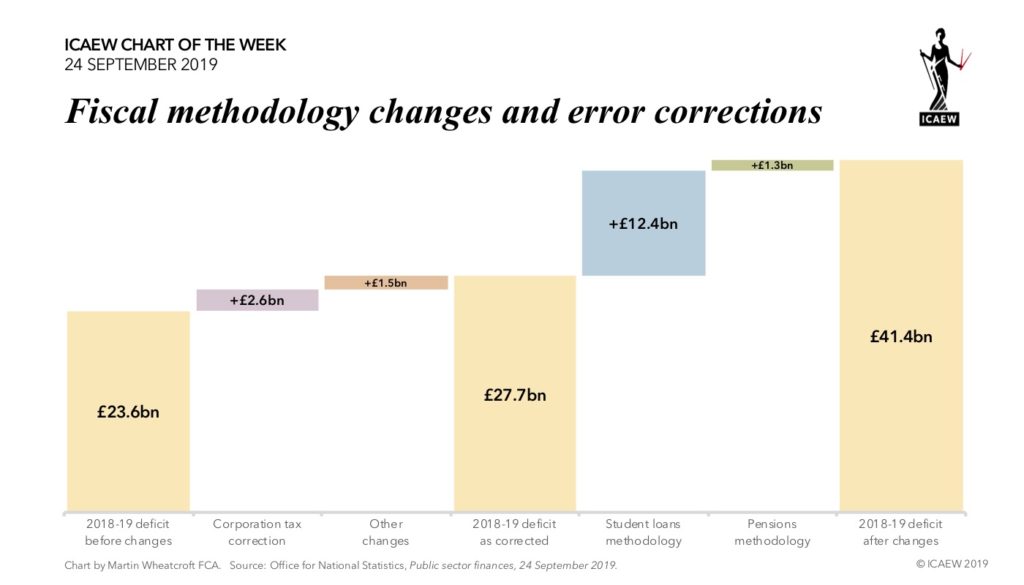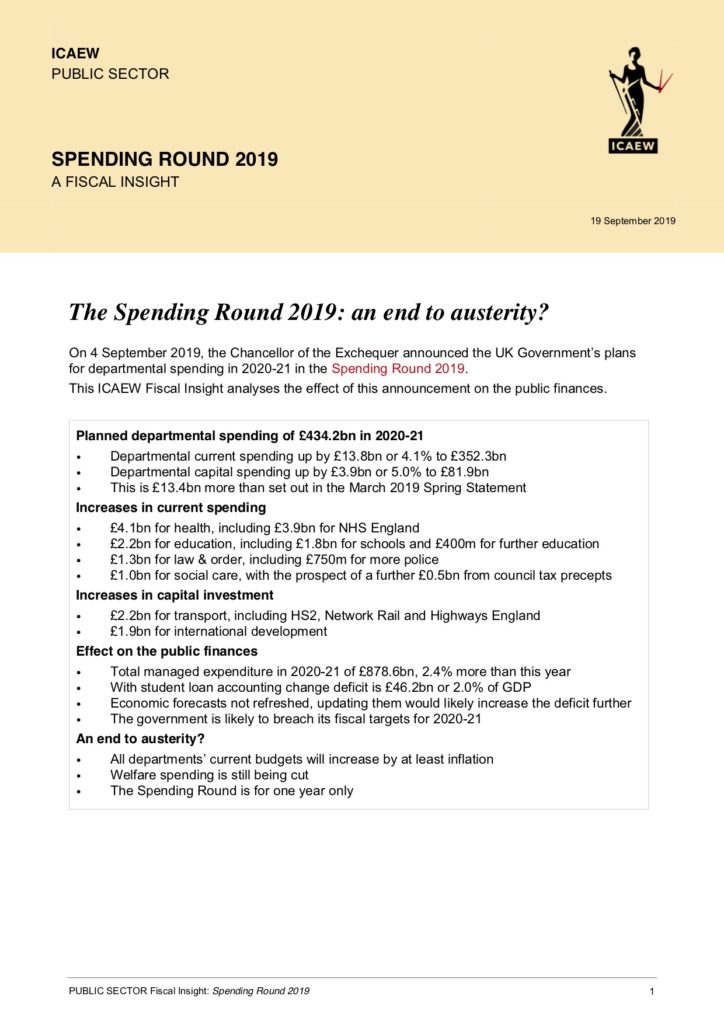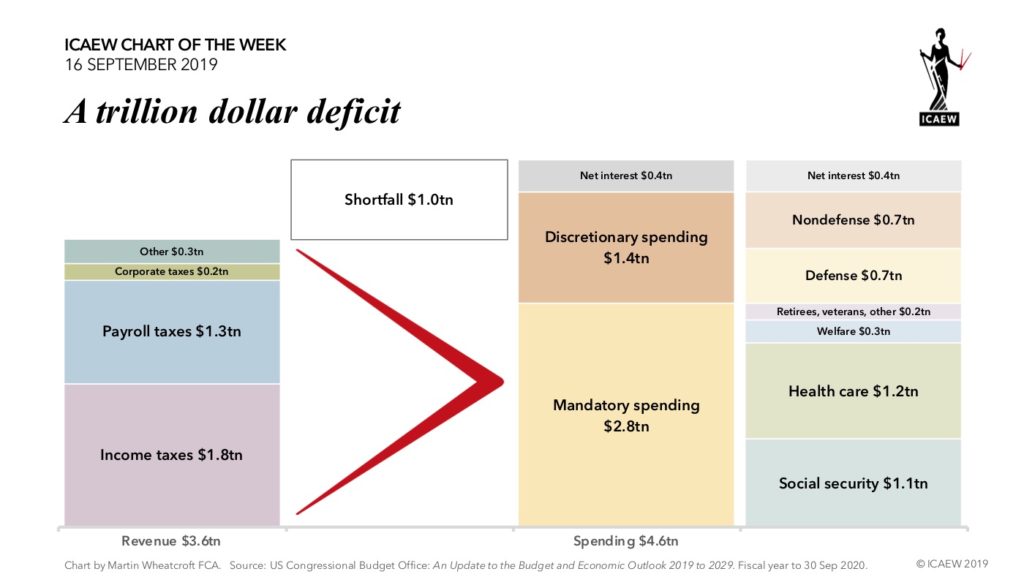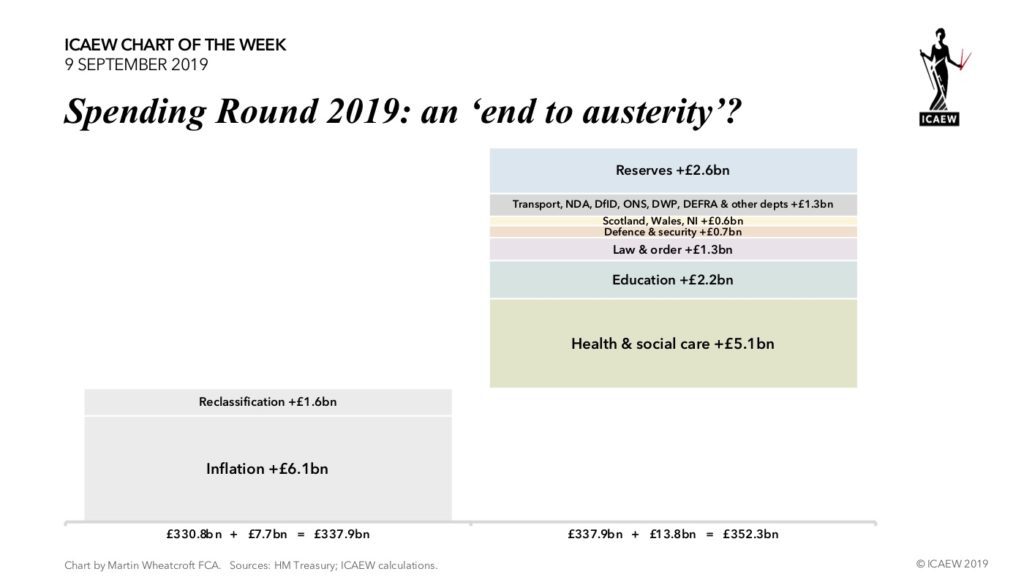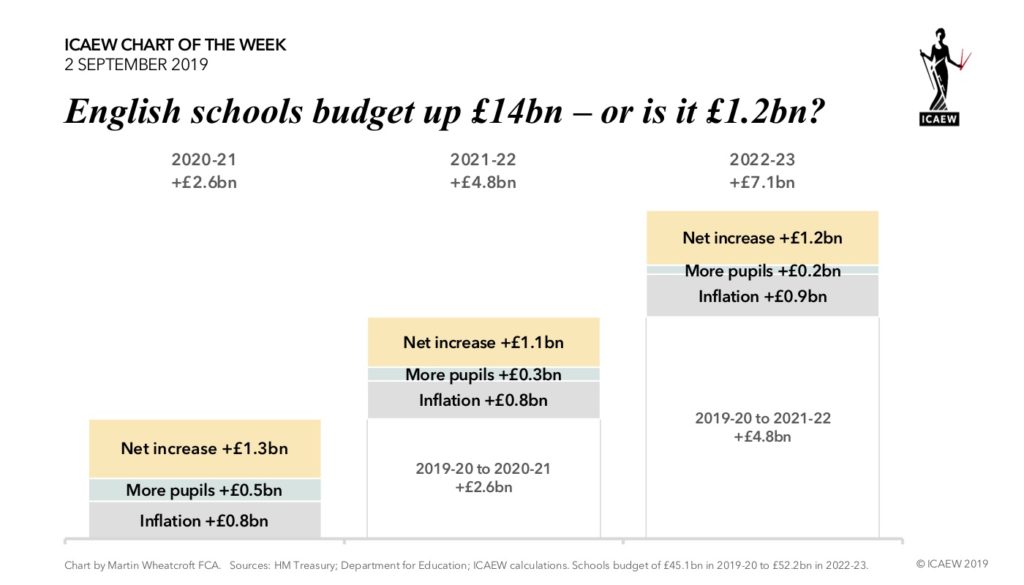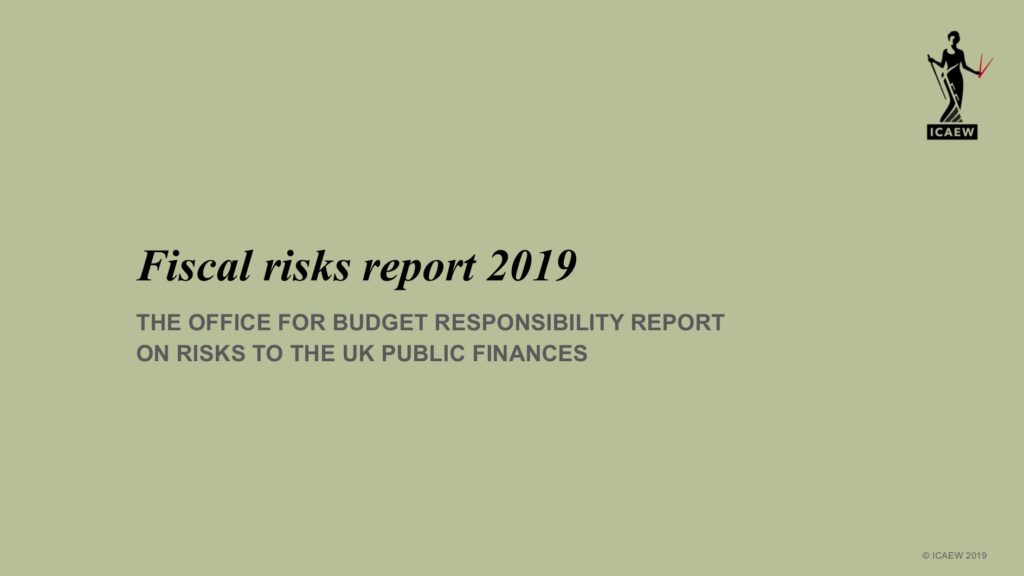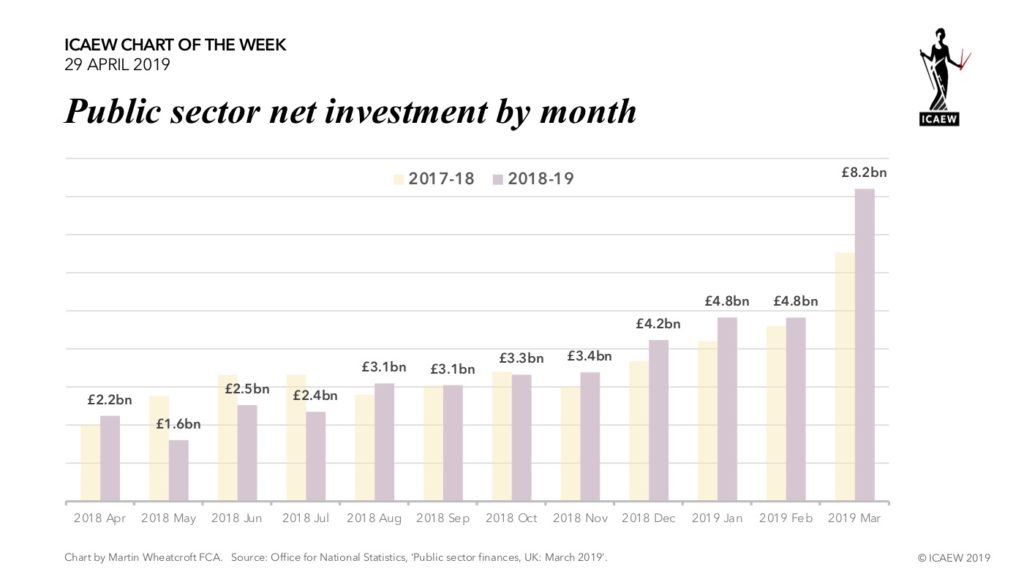
This week’s #icaewchartoftheweek is on the subject of the Welsh Government’s Budget for the current financial year.
Officially a £19.4bn Budget to cover £16.3bn in Resource spending and £3.1bn in Capital investment, there is a further £1.2bn of spending funded by EU grants and other income to make a total of £20.6bn overall for 2019-20.
The largest element of funding comes from Whitehall in the form of a £13.7bn block grant, together with £1.3bn from the National Insurance Fund and £1.1bn in business rates. The block grant is lower than it used to be as the Welsh Government is now entitled to a £2.1bn share of income taxes and £0.3bn in other devolved taxes, which is supplemented by £0.2bn in borrowing and £0.7bn in other resources, before taking account of £0.7bn or so in grants from the EU and £0.5bn in other income.
The Welsh NHS takes the majority of the £8.6bn health and social care budget, with the balance supplementing local council budgets for social care, while grants of £5.5bn to local government, include the redistribution of the £1.1bn of business rates income.
The education budget of £2.7bn does not include the main schools’ funding streams (which in Wales is provided by local authorities), but it does include a substantial proportion of post-16 education funding, including £0.8bn in student loans, £0.4bn in student support grants and £0.4bn for further education.
Around half of the £1.4bn economy and transport budget is on capital investment in infrastructure, while the £0.8bn of spending by other departments comprises £0.6bn on environment, energy and rural affairs, and £0.2bn on international relations and the Welsh language. Central services and administration expenditure of £0.9bn includes £86m for the Welsh Assembly, Ombudsman and Audit Office, while the Welsh Government has £0.6bn in unallocated reserves that it can deploy if needed.
While the Chancellor has indicated that there will be more money in 2020-21, that is a still half a year away, and the use of the term ‘First Supplementary Budget’ could be an indication that the Welsh Government might be looking to submit a further budget request before the end of the financial year!
